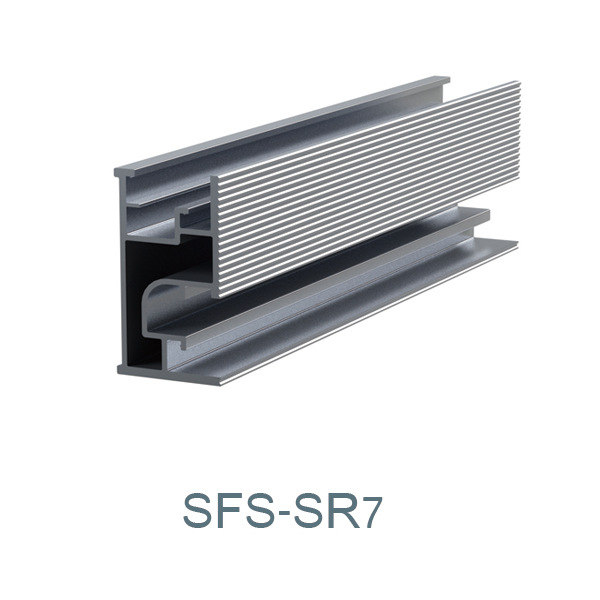

stud bolt fasteners
Nov . 23, 2024 22:25 Back to list
stud bolt fasteners
Understanding Stud Bolt Fasteners An Essential Component in Engineering
Stud bolt fasteners play a crucial role in various engineering applications, serving as essential components in many structural assemblies. Their design and functionality make them indispensable in a wide range of industries, including construction, automotive, aerospace, and manufacturing. This article delves into the characteristics, types, and applications of stud bolt fasteners, highlighting their significance in modern engineering.
At its core, a stud bolt consists of a long, cylindrical rod with threads on both ends, and it is typically made from high-strength materials such as steel or stainless steel. Unlike traditional bolts, which have a head for tightening, stud bolts are designed to be installed into a nut or embedded into a receiving part of a structure, providing a secure connection. This design facilitates the ability to withstand high levels of tension and shear forces, making stud bolts an excellent choice for heavy-duty applications.
There are various types of stud bolts, and they can be classified based on their design, length, and thread type. Common variations include fully threaded studs, half-threaded studs, and different tensile strength grades. Furthermore, the choice of material and coating can also vary to meet specific environmental conditions, such as resistance to corrosion, high temperatures, and wear.
One of the most significant advantages of stud bolt fasteners is their versatility
. They can be found in many critical applications, including securing pipeline flanges in oil and gas industries, holding equipment in place in power plants, and assembling components in heavy machinery. In construction, they are used to anchor structural steel elements and provide stability to buildings and bridges. Their ability to resist loosening under vibrational forces is particularly valuable in dynamic environments.stud bolt fasteners

Installing stud bolts requires special consideration, especially regarding torque specifications and preload. Properly installing these fasteners is essential to ensure optimal performance and to avoid potential failures. Engineers often use torque wrenches and tensioning devices to achieve the desired preload, which helps maintain an effective seal and connection between joint components.
In addition to mechanical applications, stud bolts are also used in various non-mechanical contexts, such as in concrete construction. Here, they serve as anchors or dowels for reinforcing bars, providing additional structural integrity to concrete elements and minimizing the risk of cracking.
The study and development of stud bolt fasteners are ongoing, with advancements in materials science and manufacturing processes leading to improved performance and reliability. As industries continue to evolve and face new challenges, the importance of high-quality stud bolts and fasteners will remain paramount.
In conclusion, stud bolt fasteners are critical components that ensure the integrity and stability of structures across various applications. Their ability to offer robust connections in demanding environments makes them invaluable in engineering. Understanding their characteristics, applications, and installation processes is essential for engineers and technicians aiming to ensure the safety and reliability of the systems they work with. As technology progresses, the future of stud bolts promises innovation and enhanced performance, cementing their place in the industrial landscape.
Latest news
-
Premium Fasteners Manufacturer | AI-Driven Solutions
NewsAug.01,2025
-
Hot Dip Galvanized Bolts - Hebei Longze | High Strength, Corrosion Resistance
NewsAug.01,2025
-
High-Strength Hot Dip Galvanized Bolts - LongZe | Corrosion Resistance, Custom Sizes
NewsAug.01,2025
-
Best Self Tapping Screws for Drywall - Fast & Secure Installation
NewsJul.31,2025
-
High-Strength Hot Dip Galvanized Bolts-Hebei Longze|Corrosion Resistance&Customization
NewsJul.31,2025
-
Hot Dip Galvanized Bolts-Hebei Longze Metal Products|Corrosion Resistance&High Strength
NewsJul.31,2025

